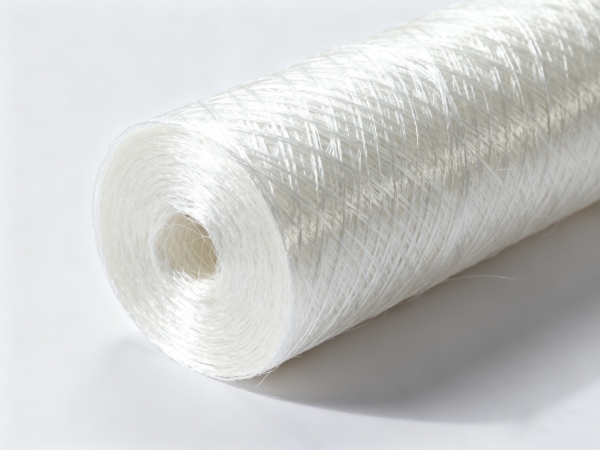Fiberglass mats are versatile materials widely used across multiple industries for reinforcement, insulation, and composite manufacturing. Their unique combination of strength, lightweight properties, and corrosion resistance makes them an essential component in modern manufacturing and construction.

A fiberglass mat is a non-woven or woven material composed of fine glass fibers bonded together using resin or other binding agents. Unlike fiberglass cloth, which has a woven pattern, mats typically consist of randomly arranged fibers, providing uniform strength in multiple directions. These mats serve as a reinforcement layer in composite materials and offer high durability while remaining lightweight. Fiberglass mats are compatible with a variety of resins, including polyester, vinyl ester, and epoxy, making them highly versatile for different applications.
Fiberglass mats come in several types, each designed for specific uses:
Each type varies in fiber orientation, density, and thickness, allowing manufacturers to select mats suitable for specific strength and flexibility requirements.
Fiberglass mats are utilized in multiple industries due to their durability, lightweight nature, and resistance to chemicals and moisture. The main applications include:
Fiberglass mats reinforce building materials such as roofing shingles, wall panels, and insulation products. They are commonly used in:
The ability of fiberglass mats to resist corrosion and mold makes them ideal for long-lasting construction materials.
In the automotive industry, fiberglass mats reinforce components such as hoods, fenders, and bumpers. Their lightweight nature contributes to overall vehicle efficiency and fuel savings.
In marine applications, fiberglass mats are crucial for:
These applications benefit from fiberglass mats’ excellent moisture and corrosion resistance, which is vital in harsh environments.
Fiberglass mats serve as reinforcement in fiberglass-reinforced plastic (FRP) and other composite materials. Common applications include:
Their compatibility with various resins allows manufacturers to create composites with tailored mechanical properties for different industries.
Proper care and handling of fiberglass mats ensure maximum performance and longevity:
Following these guidelines helps maintain the material’s structural integrity and prevents health hazards during handling.
Fiberglass mats are indispensable in construction, automotive, marine, and composite manufacturing due to their strength, lightweight properties, and chemical resistance. Choosing the right type of mat and handling it properly ensures optimal performance in any application. With their wide-ranging uses, fiberglass mats continue to play a key role in modern engineering and manufacturing processes.